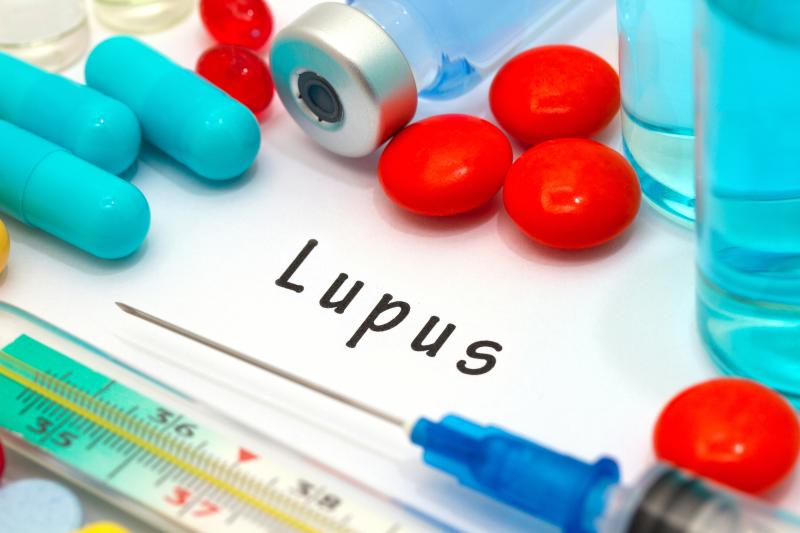
In the treatment of active systemic lupus erythematosus (SLE), early administration of belimumab especially in patients with low damage at baseline is likely to lead to remission and low-disease activity (LDA), according to real-world data.
Researchers looked at 466 active SLE patients receiving intravenous belimumab as add-on treatment at multiple referral centres. The median follow‐up was 18 months. Evaluations included remission, LDA and SLE Responder Index‐4 (SRI‐4). Systemic Lupus International Collaborating Clinics (SLICC) damage index (SDI) was calculated annually.
SRI‐4 was documented in 49.2 percent of patients at month 6, 61.3 percent at month 12, 69.7 percent at month 24, 69.6 percent at month 36 and 66.7 percent at month 48. Baseline predictors of 6-month response were SLEDAI‐2K≥10 (odds ratio [OR], 3.14) and disease duration ≤2 years (OR, 1.94); 12-month response were SLEDAI‐2K≥10 (OR, 3.48) and SDI=0 (OR, 1.74); 24-month response were SLEDAI‐2K≥10 (OR, 4.25) and disease duration ≤2 years (OR, 3.79); and 36-month response were SLEDAI‐2K≥10 (OR, 14.59) and baseline smoking (OR, 0.19).
Patients spending ≥25 percent of follow‐up time in remission (42.9 percent) or ≥50 percent time of follow-up time in LDA (66.0 percent) accrued significantly less damage (p=0.046 and p=0.007, respectively). Baseline SDI=0 was strongly associated with LDA ≥50 percent and remission ≥25 percent, such that the lower the baseline damage, the higher the probability of remission ≥25 percent. In contrast, a higher number of previous flares predicted belimumab discontinuation due to inefficacy (p= 0.009).
Currently, belimumab is commonly used as the last option in SLE treatment, the researchers noted. Findings of the present study suggest that an earlier belimumab use may maximize its efficacy, as it improves patient prognosis with respect to better response, remission/LDA achievement and damage accrual prevention.